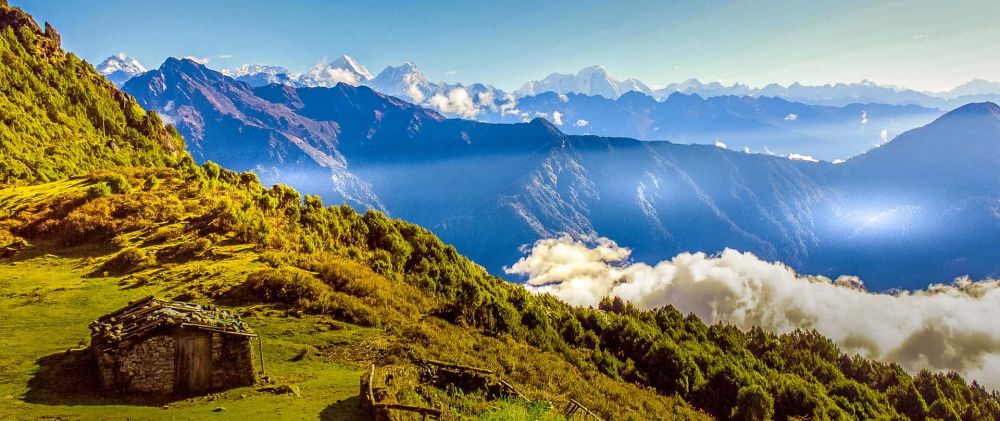

Tourism in Helambu, a region situated in the highlands of central Nepal, has a history intertwined with the allure of its natural beauty and the cultural richness of the Hyolmo people. Helambu is known for its scenic grandeur and pleasant climate, hosting a trail that is part of the famous Langtang trekking route. The history of tourism here can be traced back to the mid-20th century when Nepal first opened its doors to outsiders.
The region gained attention from the outside world primarily through expeditions and research by mountaineers and ethnographers. In the 1950s and 60s, explorers began documenting the unique cultural practices and the biodiversity of the region, which helped in putting Helambu on the trekking map of Nepal.
As Nepal established itself as a major destination for mountaineers and adventurers in the 1970s, Helambu became increasingly popular for its relatively easy-to-access routes and its proximity to Kathmandu. The construction of basic guesthouses and the establishment of trekking paths facilitated an increase in visitor numbers.
The Hyolmo culture of Helambu is a significant draw for tourists interested in learning about the region's unique traditions and lifestyles. The indigenous communities here began to see the value of showcasing their heritage, leading to an increase in cultural tourism complementing the scenic trekking experience.
The increased attention brought conservation issues to the forefront. Initiatives to preserve the delicate ecology of Helambu and promote sustainable tourism practices have been significant to ensure the balance between welcoming tourists and protecting the natural environment.
The 1990s and early 2000s saw a consistent growth in tourism in the region, but it has faced challenges such as the civil unrest during the Maoist insurgency in Nepal which affected the number of incoming tourists. Following the end of the conflict, Helambu has been rebuilding its tourism industry.
The devastating earthquake in 2015 caused substantial damage in Helambu. Many villages and trekking routes were affected, and the recovery process has been a testimony to the resilience of the Hyolmo people and their dedication to tourism as a means for economic development.
In recent years, there has been a growth in community-based tourism initiatives that emphasize local experiences, homestays, and sustainable practices. Trekkers are attracted to the idea of more immersive experiences that also support the livelihoods of the rural populations.
As a destination, Helambu continues to thrive through adaptation and innovation, with a strong emphasis on preserving its legacy as a culturally rich and ecological treasure in the heart of Nepal. The unique combination of natural beauty, indigenous culture, and a commitment to sustainability positions Helambu as a compelling destination for mindful travelers.